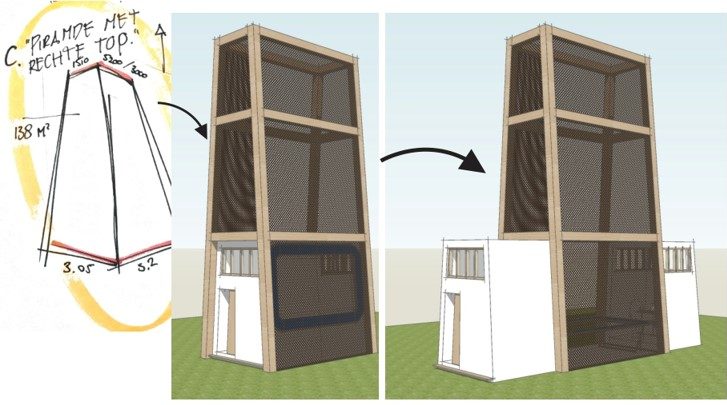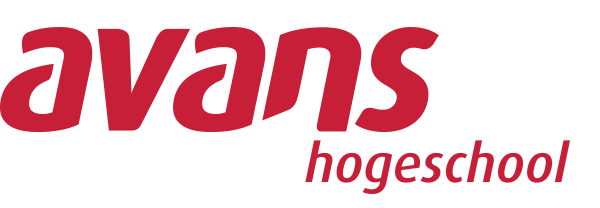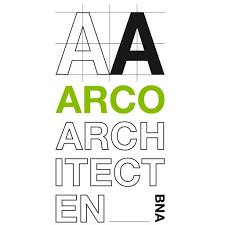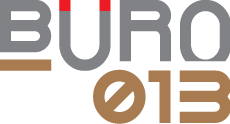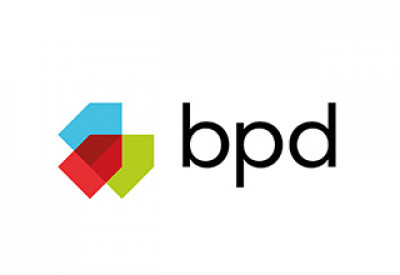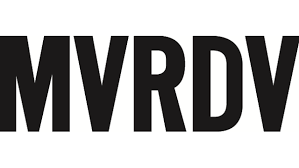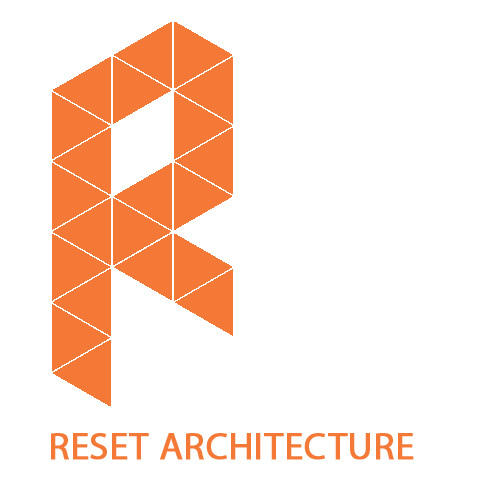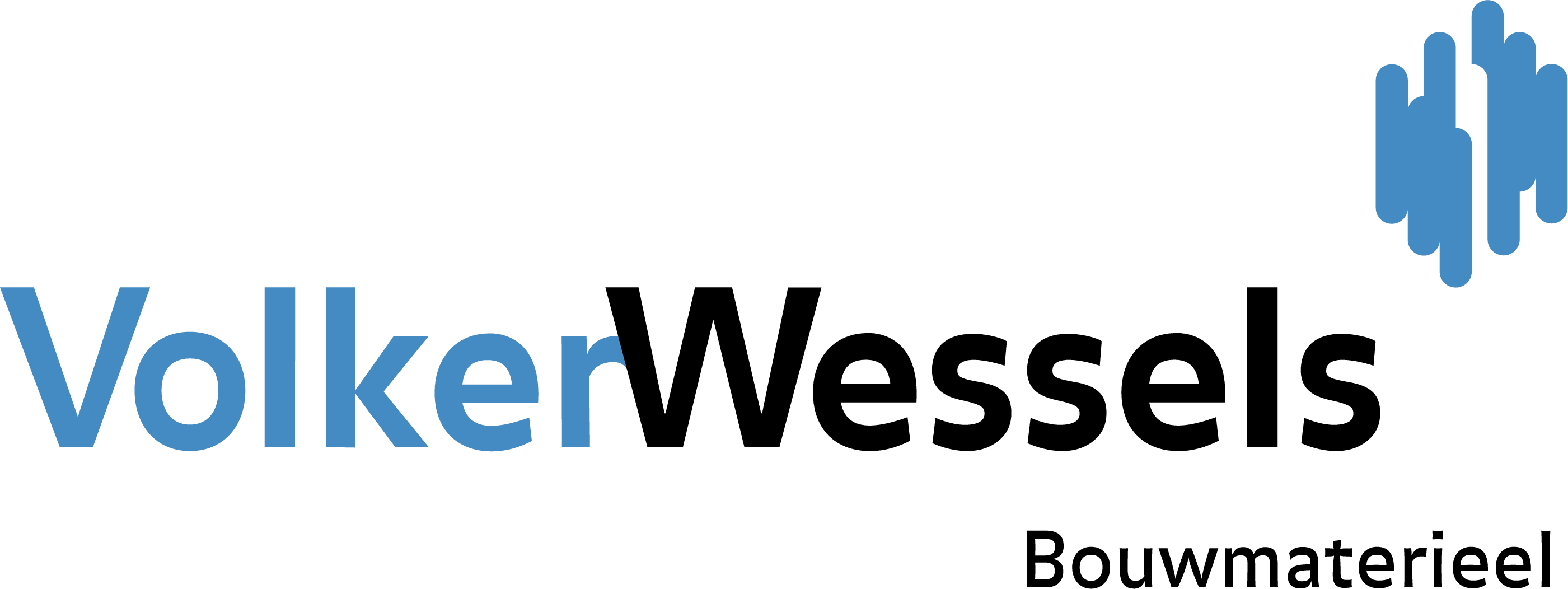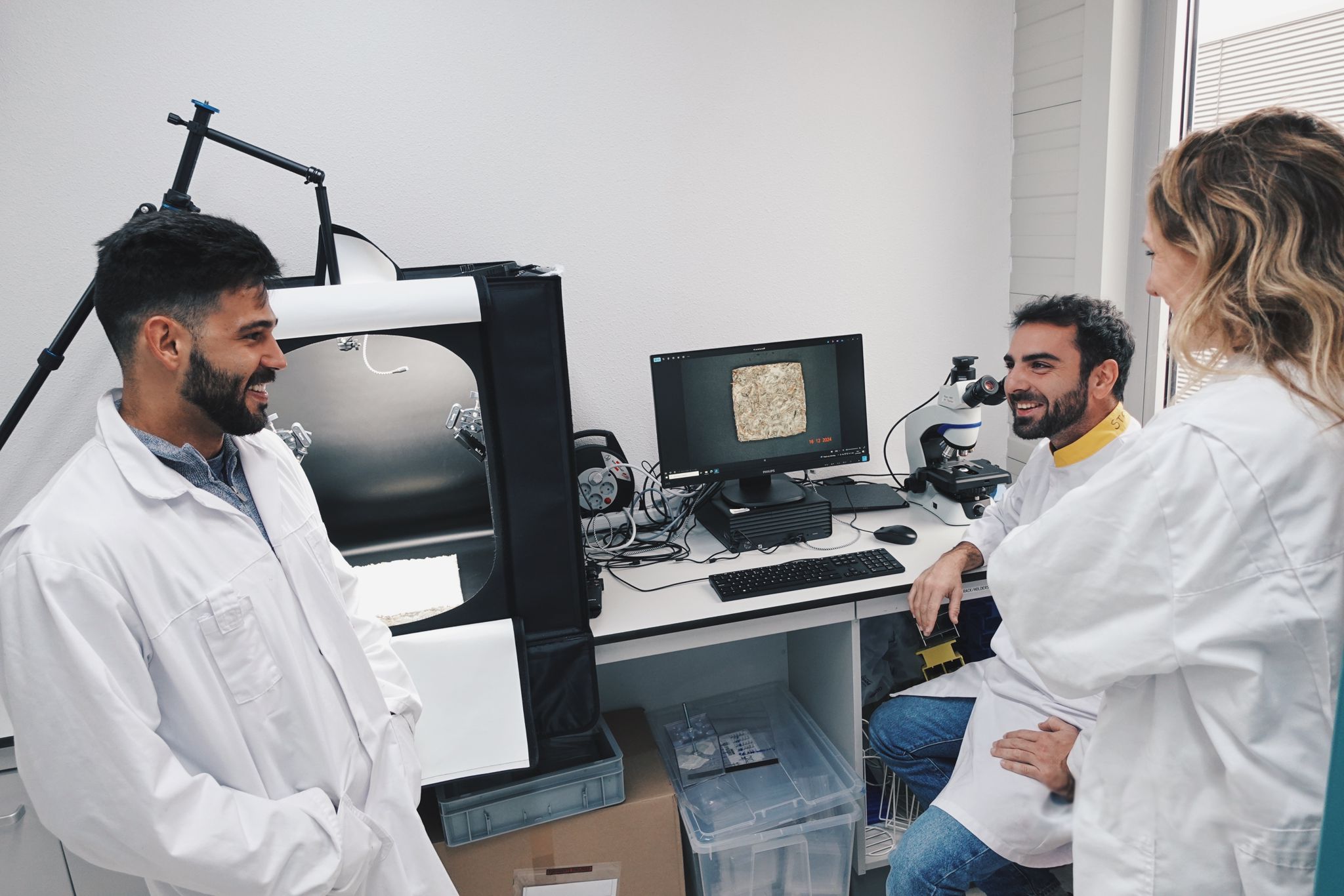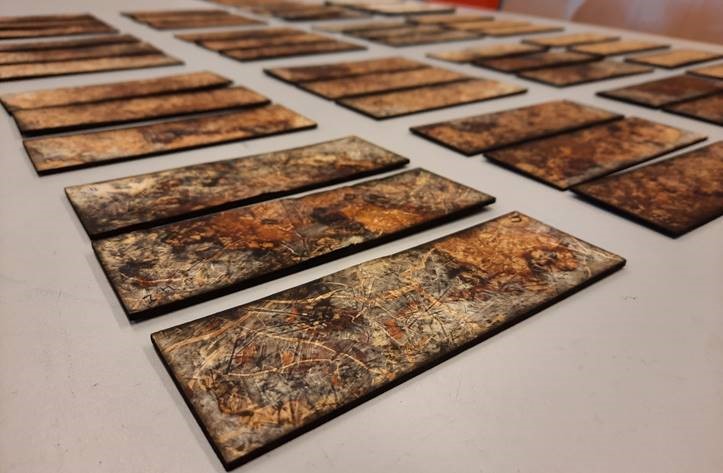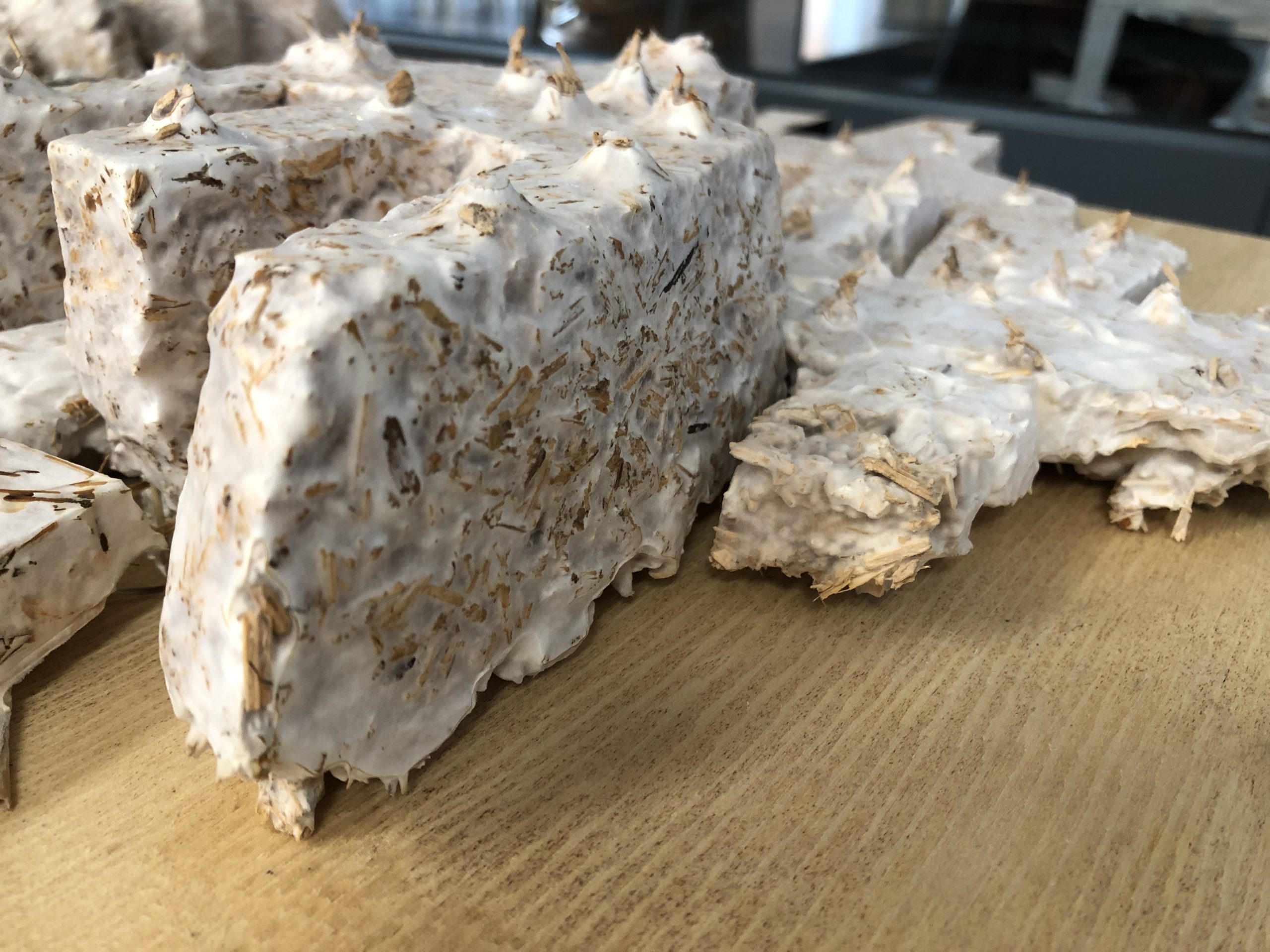Knowledge and Guidelines
During the project, efforts were made to develop knowledge and guidelines, compiled in a digital guide, for the use of rapidly renewable materials in building construction. This was achieved by analyzing the relationship between CO2 emissions and the use of RRM during the design and construction phases of a building.
Additionally, various RRM were compared with each other and with traditional building materials. This allowed project partners to objectively assess CO2 emissions caused by material production.
Digital RRM Guide
All information was cataloged by the design teams and published in a digital guide, which includes:
The characteristics of rapidly renewable materials in the following areas:
• Mechanical
• Building physics
• Chemical
• Ecological
• Aesthetic
Guidelines for the use of rapidly renewable materials in building construction regarding:
• Floor compositions
• Wall compositions
• Roof compositions
• Door and window details
• Specifications for construction documents
Innovative Architectural Spaces
Under the guidance of an architectural firm, students designed innovative architectural spaces (such as a Tiny House) based on the application of RRM in buildings. Additionally, students explored how these designs could be further developed into construction details. Through this project, they also gained practical experience in building with RRM.
September 2020 until August 2021




